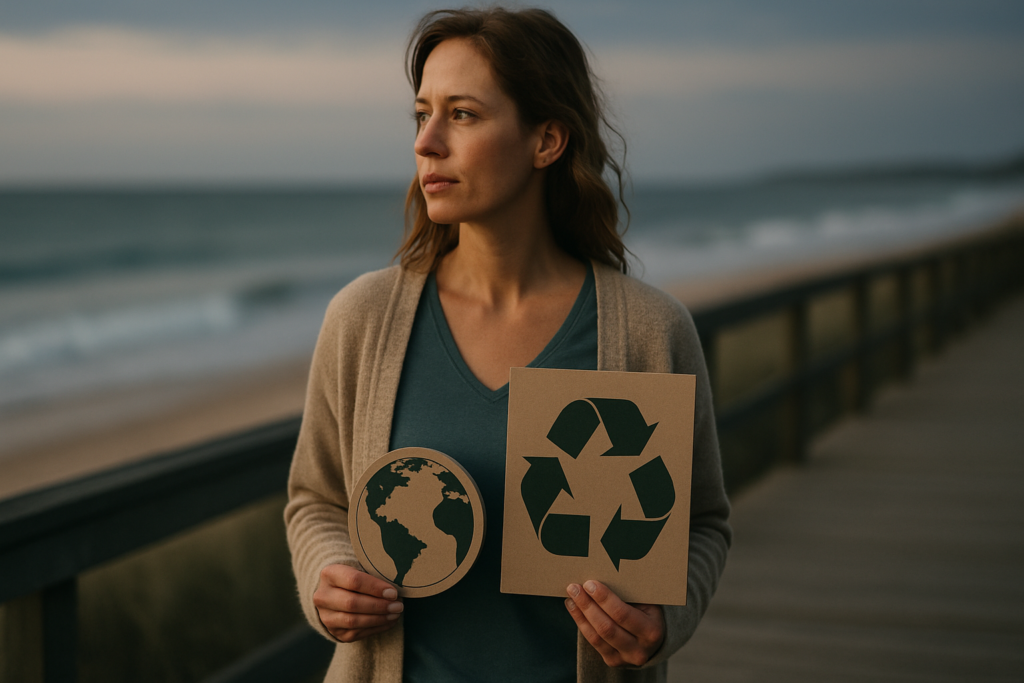Embarking on a journey of collaborative content creation is not merely about individuals working together; it’s about the synergy that emerges when a team’s collective creativity and expertise converge. In today’s fast-paced digital landscape, the ability to collaborate effectively with teams is a skill that can elevate content from good to exceptional. As a seasoned content creator, I’ve witnessed firsthand the power of teamwork in shaping compelling narratives and engaging pieces that resonate with audiences.
Navigating the dynamics of collaborative content creation requires finesse, communication, and a shared vision. From brainstorming sessions to final edits, each team member plays a crucial role in weaving together a tapestry of ideas and insights. In this article, I’ll delve into the strategies and best practices that I’ve honed over the years to streamline the collaborative content creation process and maximize the potential of team-based projects.
The Benefits of Collaborative Content Creation
Collaborative content creation offers numerous advantages that elevate the quality and impact of the final output. Let’s explore some of the key benefits:
Enhanced Creativity and Innovation
Working in a team harnesses a diverse range of ideas, perspectives, and skills. It allows for cross-pollination of creativity, leading to innovative solutions and fresh approaches to content creation. Each team member brings a unique element to the table, enriching the creative process and inspiring new ways of thinking. This collaborative environment sparks creativity, encouraging team members to think outside the box and explore unconventional strategies to produce compelling content.
Faster Project Completion
One of the significant benefits of collaborative content creation is the expedited pace at which projects can be completed. By distributing tasks among team members based on individual strengths and expertise, projects progress swiftly, ensuring timely delivery of high-quality content. Collaboration streamlines the workflow, minimizes bottlenecks, and promotes efficiency in project execution. Team members can work in parallel, leveraging each other’s contributions to accelerate the content creation process and meet deadlines effectively.
Key Tools for Effective Collaboration
When it comes to collaborative content creation, utilizing the right tools can significantly enhance productivity and streamline communication within teams. Here are some key tools that I’ve found to be essential for effective collaboration:
Project Management Tools
Managing tasks, deadlines, and team members efficiently is crucial for the success of any collaborative project. Project management tools like Asana, Trello, or Jira offer robust features that allow me to assign tasks, set deadlines, track progress, and communicate with team members in one centralized platform. These tools help me stay organized, prioritize tasks, and ensure that everyone is on the same page throughout the project.
Real-Time Communication Platforms
Effective communication is the cornerstone of successful collaboration. Real-time communication platforms such as Slack, Microsoft Teams, or Zoom enable me to stay connected with team members regardless of geographical locations. These tools facilitate instant messaging, video conferencing, file sharing, and collaborative document editing, fostering seamless communication and quick decision-making. By utilizing real-time communication platforms, I can easily exchange ideas, provide feedback, and address any project-related issues in a timely manner.
Overcoming Challenges in Team Collaboration
Collaborative content creation can bring about many benefits, but it’s not without its challenges. Let’s explore some key strategies for overcoming these hurdles and ensuring smooth team collaboration.
- Resolving Conflicts
Conflicts are inevitable in team settings, but they don’t have to derail the collaborative process. I believe that open communication and active listening are crucial for resolving conflicts effectively. Addressing issues promptly and constructively can lead to stronger team dynamics and more productive outcomes. - Managing Remote Collaboration
In today’s digital age, remote collaboration is becoming increasingly common. To manage remote teams successfully, I advocate for setting clear expectations, establishing regular check-ins, and utilizing technology tools tailored for remote work. Embracing virtual collaboration platforms and fostering a sense of community among remote team members can enhance teamwork and drive project success.
Case Studies of Successful Collaborative Content Creation
Boosting Engagement with Inclusive Content Creation
In a recent content marketing campaign, my team and I collaborated closely on a series of blog posts targeting a diverse audience. By incorporating perspectives from team members with different cultural backgrounds and experiences, we were able to create content that resonated with a wider range of readers. This inclusive approach not only boosted engagement but also fostered a sense of belonging among our audience.
Driving Results Through Cross-Functional Collaboration
During a product launch project, I led a cross-functional team comprising marketing, design, and product development experts. By harnessing the collective expertise of each team member and encouraging open communication, we were able to streamline the content creation process. This collaborative effort resulted in a cohesive marketing campaign that effectively showcased the product’s features and benefits, driving significant customer engagement and sales.
Leveraging Remote Collaboration for Global Impact
In a virtual summit initiative, my team collaborated remotely with partners from different continents to create a series of webinars on industry trends. Despite the geographic distance, we utilized project management tools like Basecamp and video conferencing platforms to facilitate seamless communication and task management. This remote collaboration not only enhanced the quality of our content but also allowed us to reach a global audience, showcasing the power of effective virtual teamwork.
Enhancing Creativity Through Cross-Team Collaboration
In a creative project involving graphic design and copywriting, I collaborated with teams from different departments to develop a visually impactful campaign. By combining the artistic vision of the design team with the storytelling expertise of the content team, we created engaging content that captured the audience’s attention. This cross-team collaboration not only enhanced the creativity of the final product but also fostered a culture of mutual respect and appreciation for diverse skill sets within the organization.


